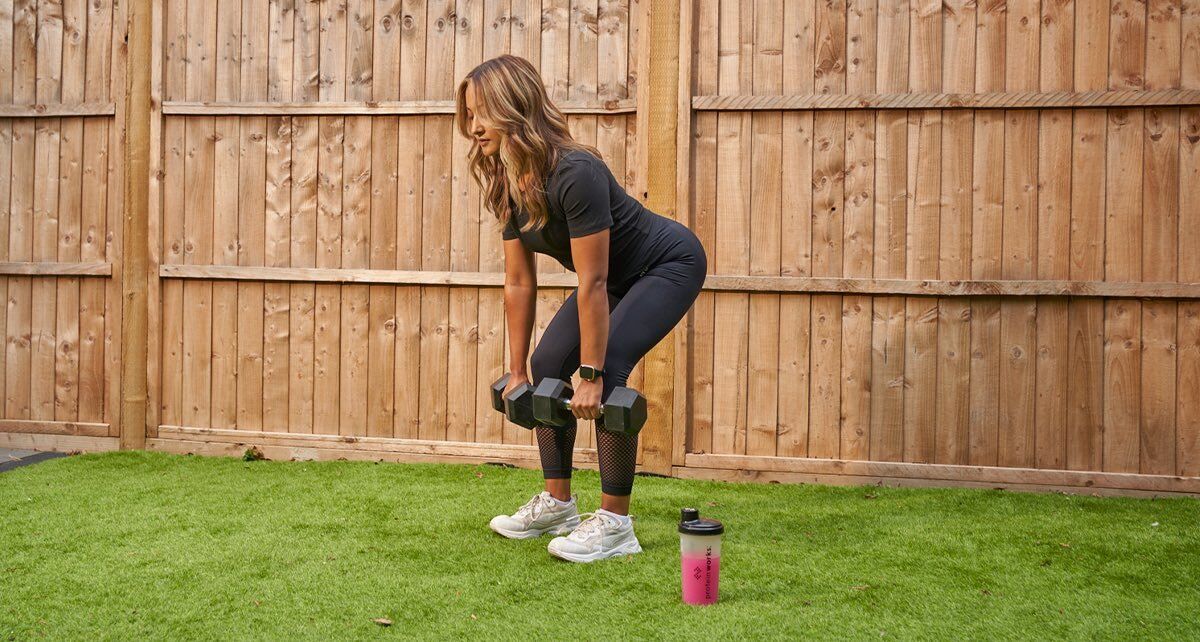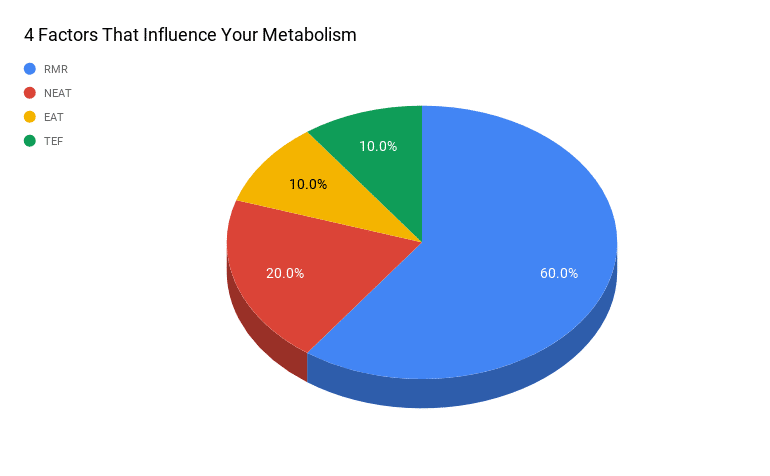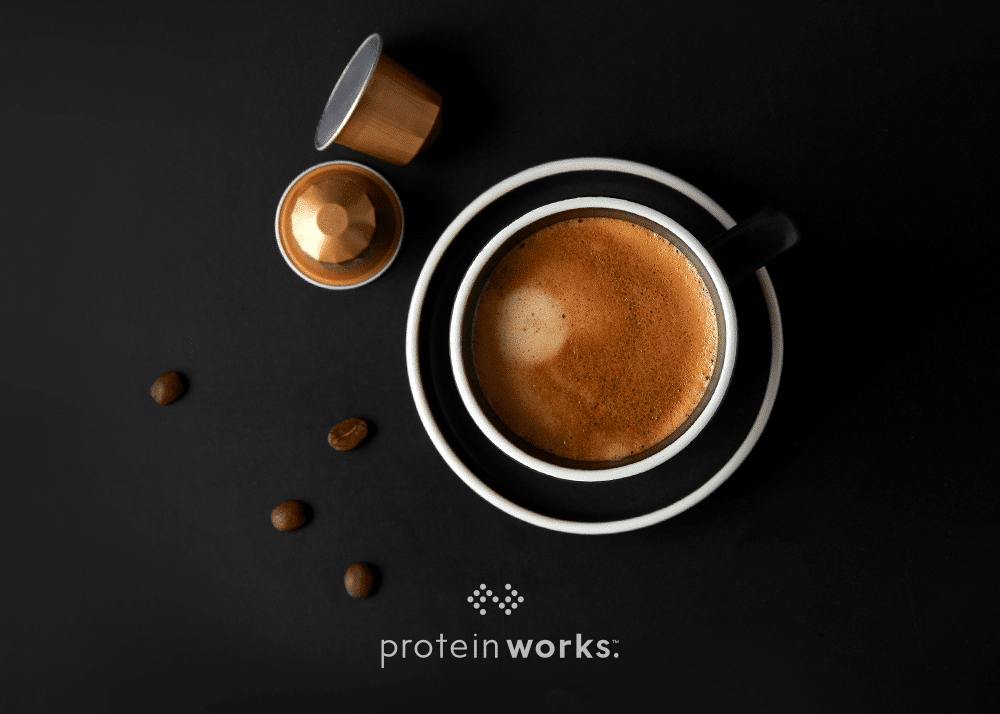
The Basics Of Weight Loss
Starting your weight loss journey can be a daunting task, especially with the abundance of conflicting information on the internet regarding different ‘diets’. From Intermittent Fasting to Keto, you’ve probably heard the lot!
However the reality is, all these ‘diets’ all work the same way; by creating a calorie deficit.
This might sound technical, however a calorie deficit is simply eating fewer calories than you are burning.
Calories in vs Calories Out
To achieve weight loss, you need to consume less calories than you burn. You can work out your own daily calorie requirements by clicking this link
To put it simply, move more, eat less. It might not be the most thrilling but it’s the basics of losing weight. Where people come unstuck is finding ways to create consistency and adherence – so how do you do this?
- Incorporate foods you enjoy
- Create structure to your nutrition plan that fits your lifestyle and calorie allowance
- Engage in hobbies that you enjoy on a regular basis
- Increase Non-Exercise Activity Thermogenesis (NEAT) – We will delve into this further down the article!
Understanding Energy Balance
Let’s delve a little deeper into the calories out part of the energy balance; everyone knows that being active is an important component for weight loss, but that doesn’t mean just going to the gym, doing classes or going for runs in the park. Let’s take a look at an average day:
Work (office work) – 8 hours
Sleep – 8 hours
Chill Time (TV/online shopping) -3 hours
Gym Time – 45 – 60 minutes
For most of us, three quarters of our day is pretty inactive – that 45-60 minutes in the gym doesn’t seem as productive now! What’s more, you likely are not burning as many calories in the gym as you may think. In fact, many classes claim that you can burn nearly a 1000 calories a session, but the reality is more like a maximum of 500 calories depending on the duration and intensity of the exercise.
What about all the other movements you do during the day, like:
- Cleaning
- Fidgeting
- Walking (aim for 10,000 steps daily)
- Using the stairs
- Standing instead of sitting
- Walk or cycle for transportation
- Active play with your children
All these activities are known as NEAT (Non Exercise Activity Thermogenesis) which are often overlooked but contribute a lot toward your daily energy expenditure. If losing weight is your primary reason for exercising, NEAT is an essential component of that objective. Walking at only 1 mph will double your energy expenditure vs sitting!
Increasing NEAT may seem insignificant because you are not elevating your heart rate, but making the effort to change your daily habits by being on your feet more, instead of sitting, alongside reducing calorie intake, will help create a larger calorie deficit, which creates the foundations for long-lasting weight-loss success.
Understanding Your Total Daily Expenditure
Lets dive a little deeper into TDEE (Total Daily Energy Expenditure) which is the backbone of weight loss as it identifies roughly how many calories you burn throughout the day. Once your TDEE has been identified, you can create a calorie deficit that best suits your goal. Typically it is recommended to start with a small deficit of 200-300 calories and you can adjust accordingly.
The majority of people think metabolism is just your resting metabolic rate (RMR), but it’s so much more than that.
Metabolism = Total Daily Energy Expenditure (TDEE)
Here is an example to help you understand how TDEE works:
Example TDEE – 2500 Calories (The total amount of calories you burn in a day)
1500 calories (60% RMR)
1000 calories (40% everything else)
Total Daily Energy Expenditure consists of 4 key components, including:
RMR – resting metabolic rate – up to 60% of your TDEE
What makes up your Resting Metabolic Rate?
Imagine you stay in bed all day and do not move, your body will still burn a large amount of calories just to keep you alive and keep all your bodily functions, functioning – this is your Resting Metabolic Rate! This is influenced by many things including gender and muscle mass, the bigger you are, the more calories you will burn at rest (RMR).
NEAT – Non Exercise Activity Thermogenesis 20% of TDEE
This is all the movement you do that is not a planned exercise e.g. moving your hands, walking to the shops, cleaning.
EAT – Exercise Activity Thermogenesis – 10% of TDEE
e.g. football, spin class, lifting weights, cardio
TEF – Thermic effect of food – 10% of TDEE
It actually takes energy (calories) for your body to break down and digest the foods you eat and this accounts for 10% of your total calories burnt!
These 4 together make up what is known as your metabolism.
Out of the 4 factors I mentioned above, the one you can influence the most is NEAT. Find ways to be on your feet more. This is why I am an advocate of tracking your steps and reiterate the need to be aiming for at least 10,000 steps a day.
I advise getting a steps tracker to ensure you’re burning calories, that you creating a large energy output. However, it’s important to bear in mind the need to control your calorie intake- there is no point of increasing NEAT if you are not eating less.
NEAT makes up 20% of your Total Daily Energy Expenditure (TDEE) and can have the biggest impact on weight loss regarding your TDEE as you have control over it, compared to other aspects of your TDEE such as the thermic effect of food .
Another key component for increased energy output is finding hobbies you enjoy. If you enjoy being active and make it part of your lifestyle, then you are more likely to keep the weight off long term. For example, consider walking, join a running club, cycling, golf, 6 a side football, whatever it is you enjoy.
Losing weight is not as complicated as you might think. Consider ways that make the process more enjoyable by incorporating foods and activities you like, this will more likely help you commit to the plan and achieve long-term weight loss. Remember….eat less and move more!




No Comments yet!